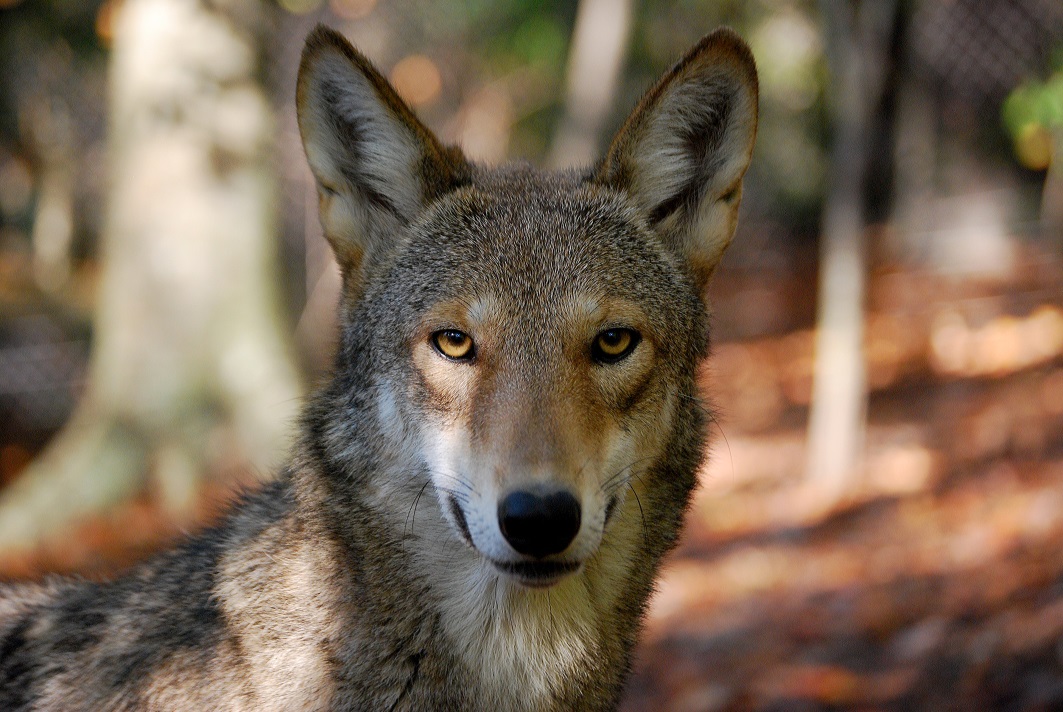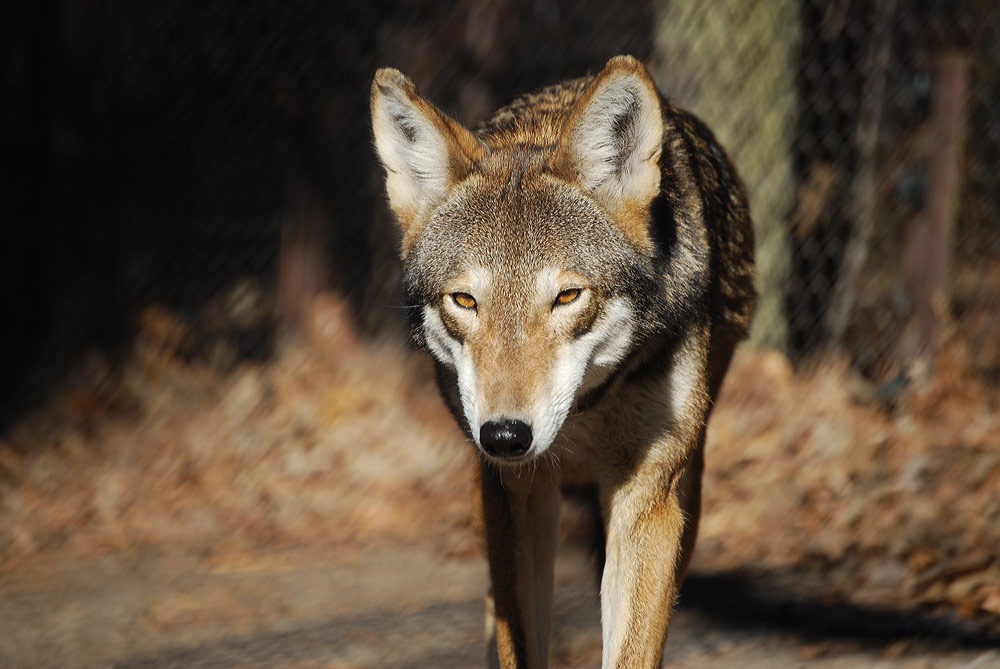All Howls Are Breaking Loose
By Creature Feature In Critter Corner, UncategorizedDracula: [about the wolves that are howling] ” Listen to them: the children of the night. What sweet music they make.” Abraham “Bram” Stoker- 1897
Although this is more of a reference to the wolves in the classic gothic novel, Dracula, this quote holds true in today’s world. Did you know that here in the southeastern United States, there is an indigenous species of wolf called the Red Wolf (Canis Rufus) ? Red Wolves are the only large carnivore whose range is entirely in the United States. Although there are other large carnivorous canines such as coyotes and gray wolves here in the United States, they also range northward and westward up into Canada and not only in the United States. Red wolves are not as well known as coyotes or gray wolves, but they are a presence that needs to be noted in our natural world. Sadly, the red wolf’s numbers are drastically dropping in their native habitats. To date, there are only about 20-30 wild red wolves left in the wild. There are over 200 hundred red wolves under human care right now. Because their numbers dropped so low in the 1980s, a select population was pulled from the wild to try to save the species. These were placed in a captive setting for breeding purposes and once the population started to expand with successful breedings, some of the progeny were pulled and placed back out into a wild sanctuary to be fostered by wild wolf mothers. These efforts to restore a species back into a wild population was one of the first successful examples of breeding and caring for a wild carnivore in a captive setting and then releasing their young by cross-fostering captive born pups with wild wolf mothers. This program that succeeded with the red wolf set the stage for similar programs that succeeded with the gray wolf and the black-footed ferret, among other animals, that have been fostered and raised in captivity to increase numbers of animals returned to the wild.
Red wolves once ranged throughout the southeastern united states, but since their numbers have dwindled somewhat, the only remaining wild population of red wolves remains at a refuge in northeastern North Carolina. The Species Survival Plan, or SSP, works to keep endangered animal populations from completely disappearing around the world. Many facilities are working to maintain populations of threatened and endangered species in hopes to return these animals back to the wild where they belong. Sadly, in northeastern North Carolina, much of the red wolf population has dwindled from about 120 animals to 20- 30 animals as mentioned earlier. Most of these animals have died from gunshot. This occurred when the number of coyotes increased and residents began hunting coyotes at night. Most of the kills were of mistaken identity. When it was proposed to ban coyote hunting at night, the red wolf became a “pariah” or outcast. Much work has yet to be done to find common ground and heal hard feelings with the residents in red wolf country. When red wolves were released on state and federal lands, they tended not to stay there and now they are primarily found on private lands. Many residents are supportive of the presence of the wolves, but do not want to be told what to do on their own land. Coyotes will move in to an area when there is no larger predator such as a red wolf to keep their numbers in check. That being said, if a female red wolf cannot find a male red wolf as a mate, she will then pair up with a coyote. Despite some press lately, most reputable scientists consider the red wolf a unique species, and not just a subspecies of the coyote.









No Comment
Sorry, the comment form is closed at this time.